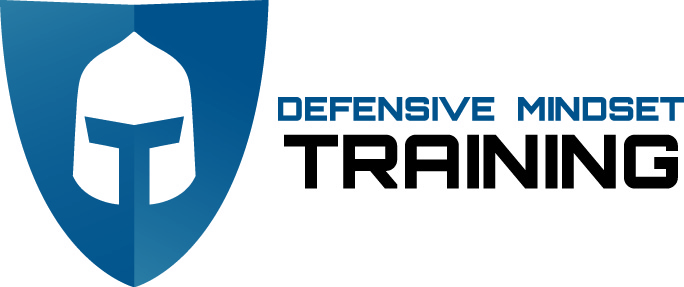IMPORTANT ANNOUNCEMENT about class sign ups!
We're in the process of transitioning our class sign ups to a new host system. Until we're fully set up, you'll need to sign up the old fashioned way: through a telephone call to Kelsey Nelson on Range Systems' awesome sales team.
So as of this week, to sign up for a class please call: 763-398-5525
Kelsey is super nice and looking forward to helping all of you SMTers get set up for training sessions, or answering any questions about SMT's services.
Thanks!
Weekly Training Newsletter
Those of us who are the primary security for our families have probably all had the thought: "If something goes down, what do I do with the family?"
Believe it or not, we're not the first people to ever ask that question Government security details and private security firms have been working on this concept for more than a hundred years. There's already a convenient answer in place.
The general principle is called Projection vs. Protection.
Projection is the security concept where you project force toward the threat in an emergency situation. Protection is where your primary concern is to prevent harm to the target, for example by moving a potential victim out of the line of fire.
A government security detail usually dedicates some agents to each of these two functions, a huge benefit to those being guarded. But an individual family that can't hire Gavin de Becker's security firm or receive protection from the Secret Service probably won't be able to provide both Projection and Protection at the same time.
So what do we, the Citizen Defenders, do? We have to learn both actions, and then help train our family to work as our team, responding to our commands.
First, let's go into a little more detail about these two responses and their plusses and minuses.
PROJECTION
With a defensive response that is based in Projection, you're bringing the fight to the bad guy. You're forcing the threat to begin reacting to you, rather than the other way around. The goal is to disable the threat as quickly as possible, making it impossible for the threat to harm you or your family.
The benefit of Projection is that you're keeping the threat further from your loved ones, so they won't get in the way and you're free to engage without risk to the others.
On the negative, you are leaving the family to their own devices. If you do not succeed in stopping the threat via your projected force, there's now nothing between the threat and your family. This is part of the reason why we love it when both partners train together at SMT: if one begins Projection, the other can begin a Protection action and move the children or other loved ones away while still providing security.
PROTECTION
With a response based in Protection, you're moving your family away from the threat, trying to create distance or introduce a barricade between the threat and your loved ones. The goal is to make it as difficult as possible for the threat to reach the family.
In a Protection action, you get to keep everyone together. No one is lost or left behind or trampled if the emergency is happening on a larger scale, like a terror attack.
However, in this case you haven't necessarily done anything to stop the threat and have perhaps only delayed the fight. In essence, in the first attack everyone made an escape, but that might not be the case in any subsequent attack, because we haven't stopped the bad guy. Furthermore, with the family still close to you, you may draw the fire of the threat directly toward you, and therefore directly at your family, possibly increasing their risk.
So how do you coordinate the family to work together when that moment of extreme risk arrives? The Stay/Go Drill.
THE STAY/GO DRILL
The Stay/Go Drill is very much like it sounds. Train your family to respond appropriately when you call out a "Stay" or a "Go" after identifying a threat to the group.
With a "Stay" call, the family sticks to you closely. You may have them all link together like a train, holding onto you by the belt. Or you might designate your partner to hold the hands of the younger children, while older ones simply stay close. Then, as a group, you move to the nearest position of tactical superiority or safety. This initiates Protection.
With a "Go" call, you're telling the rest of the family to run away from you, as a group, as fast as possible. This again works best if there is a leader of the "Go" group, like your partner or an older child. This leaves you free to initiate Projection.
With the "Go" call, it's important that you discuss ahead of time where you will meet up with your group following the incident. This could be at the car, back in the store you just came out of, at a nearby home, or if traveling, the closest hospital, police station, or American Consulate. Once the group has gone, you would stop the threat and then move to the pre-established rendezvous points to link up with the group.
With a little bit of forethought and practice, you and your family will know what to do and work together in a critical incident. And whether you respond to a threat with Projection or Protection, you'll know your family is prepared to handle themselves.

